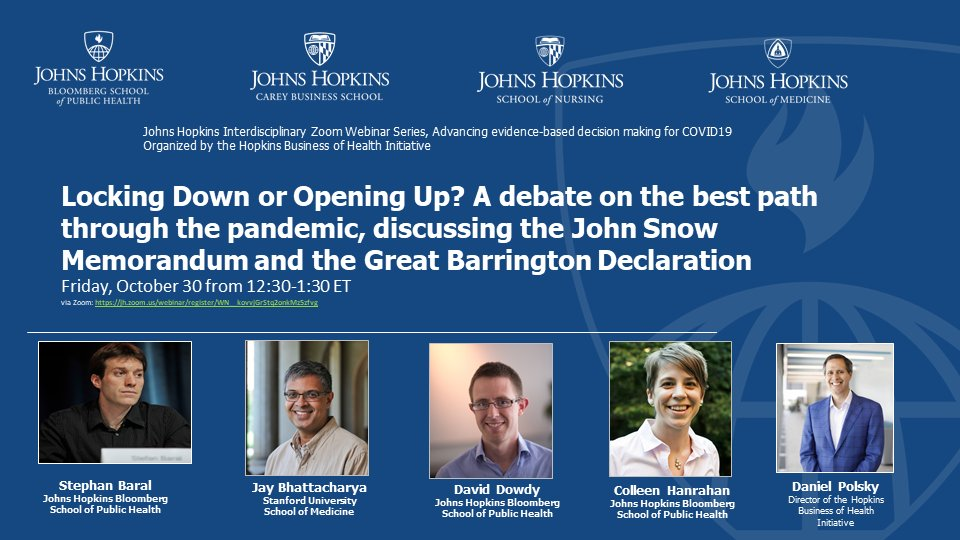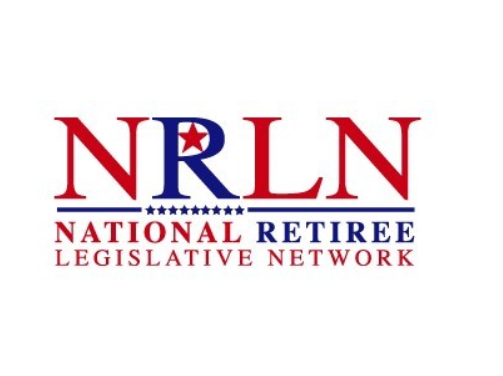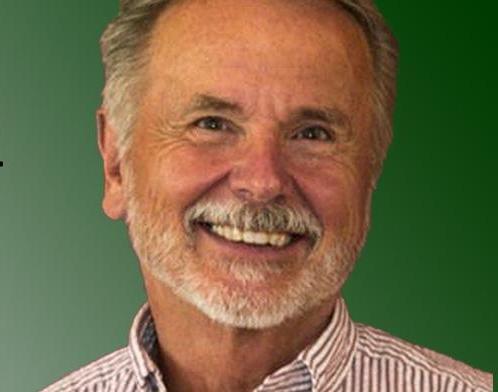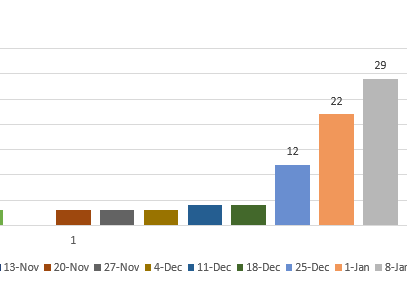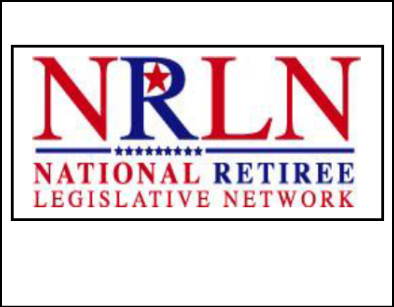The following is from the Johns Hopkins Bloomberg School of Public Health – the debate can be viewed here.
Facing new highs of daily cases and rising hospitalizations, some regions in the US may need to consider lockdowns once again. Heading into the winter months, the nation could “not possibly be positioned more poorly,” Dr. Anthony Fauci said over the weekend.
But are lockdowns sustainable, or worth the economic and societal costs? Should US leaders pursue alternative pandemic responses, such as those deployed in other countries like Sweden or Australia? This was the subject of a “civil debate” last Friday, moderated by Bloomberg School epidemiologist Colleen Hanrahan and health economist Dan Polsky. The discussion, “Locking Down or Opening Up,” which was recorded and can be viewed here, took place between Stanford professor Jay Bhattacharya and Bloomberg School faculty David Dowdy and Stefan Baral.
The three debaters took positions across a continuum: Bhattacharya, one of the signatories of the Great Barrington Declaration, asserted that “focused protection” of the vulnerable was preferable to blanket lockdowns for entire populations; Dowdy recommended doing everything possible to reduce community spread; and Baral made the case for “resources before restrictions,” which would give many of the most vulnerable populations (e.g., low-wage essential workers) the ability to comply with public health recommendations by providing resources for paid sick leave, for example, or temporary housing for responsible isolation.
Here are some of the positions and takeaways from the discussion:
- Herd immunity is a destination, not a strategy: “Herd immunity is the endpoint of the epidemic no matter what strategy we pick,” Bhattacharya claimed at the start of the debate. “It’s not a policy to have herd immunity [but] denying that herd immunity is the endpoint of the epidemic is like denying that gravity exists. … The question at hand is, how do you get there safest, with the least amount of human misery and harm?” To this end, Dr. Bhattacharya recommended “focused protection” of vulnerable populations, such as those over age 70, and then loose or minimal mandatory restrictions on the supposedly less vulnerable populations under age 70.
- Lower community spread protects everyone, especially the vulnerable: “I don’t think it’s feasible or right to label some people as ‘vulnerable’ and some as ‘not vulnerable,’” Dowdy countered. “It’s a spectrum at least partially based on age … [but] I worry about a specific cut-off.” Dowdy made the point that “45% of all COVID-19 deaths [in the US] have occurred in long-term care facilities, but that leaves 125,000+ deaths outside of those facilities,” which is “more than 3 times [ the number of people who] die in road traffic accidents in a given year.” As Dowdy sees it, “even if we could protect the vulnerable, the best way to do so isn’t to isolate them and protect them on an island, but rather to lower transmission in the community.” He posed a hypothetical to underscore his point: “Would you rather live in a fully tested and isolated long-term care facility in North Dakota, where they’ve had 6,000 cases in the past week, or in one with no testing at all in Taiwan where they have 30 times the population and haven’t had a single case in the last 200 days?
- Stop asking individuals to bear social costs: Baral wants response efforts to be grounded in three “core values”: equity, social justice, and participation. Unfortunately, the response efforts to date have not prioritized them. “We’ve wanted individual people to take on what should be a social cost,” Baral said. “We want people who are generally well to isolate and quarantine if positive, but we’re not providing them the means to do that. … We’re asking people already on the economic margins to absorb the social cost; that doesn’t feel like a sustainable strategy to me.” Indeed, Baral said it’s “amazing” that eight months into the full-fledged pandemic, “we are not providing paid leave to workers in long-term care facilities [and] shelters.” More supports for housing, testing, and work-from-home are necessary, too. In Baral’s evaluation, COVID-19 response efforts in the US have, from the very beginning, been “misaligned … in general from where the needs are.”
All of the debate participants agreed that being able to discuss various positions was good and that the scientific community is best served when ideas are discussed openly and transparently. “The only way for us to find out where we agree on things and where it might be a reasonable middle road is to bring together people who have different perspectives but are willing to talk,” Dowdy said.

